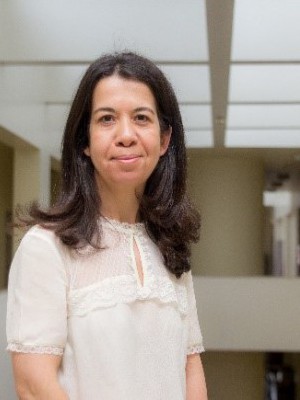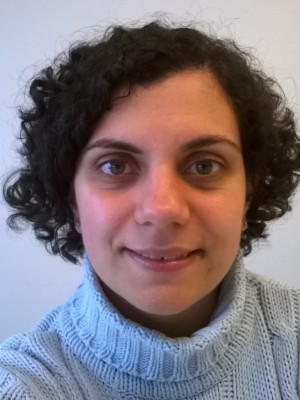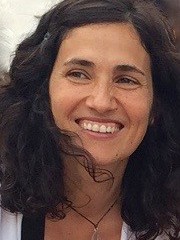abstract
Non-porous bridged silsesquioxanes (BSs) were produced by sol-gel reactions and self-directed assembly, in the presence of an acid catalyst and a large excess of water, from bridged organosilane precursors (BOPs) synthesized by click chemistry. The rational design of the compounds, comprising an amine group and alkyl chains with variable length (n), pendant and anchored on a single position to a triazole ring, and the control of acid content (w, moles of acid per moles of BOP) enabled the tuning of the morphology and structure of the BSs. At n= 6, 12 and 16, and w= 0.2 amorphous hybrids were produced as uniform isotropic micro-to nanospheres. Structuring resulted at n = 16 and w= 1.2 or n= 20 and w= 0.2, yielding lamellar bilayer structures. In the case of the BS with n= 20 and w= 1.2 a lamellar bilayer phase and a minor hexagonal 2D structure emerged. The quite unusual formation of the latter structure was attributed to the presence of a chloride ion close to the proton located between the N(2) atom of the triazole ring and the amine group of the organic spacer, acting as a curvature agent.
keywords
SOLID-STATE NMR; LAMELLAR STRUCTURE; SELF-ORGANIZATION; HYBRID MATERIALS; MESOPOROUS ORGANOSILICAS; ALKYL/SILOXANE HYBRID; LIGHT EMISSION; SILICA; CHAINS; CONFORMATION
subject category
Chemistry
authors
Nunes, SC; Toquer, G; Cardoso, MA; Mayoral, A; Ferreira, RAS; Carlos, LD; Ferreira, P; Almeida, P; Cattoen, X; Man, MWC; Bermudez, VD
our authors
Groups
1 - Inorganic Functional Nanomaterials and Organic-Inorganic Hybrids
2 - Multifunctional Ferroic Ceramics and Nanostructures
Projects
Luminescent electrochromic devices incorporating organic/inorganic (bio)hybrid electrolytes (LUMECD)
CICECO - Aveiro Institute of Materials (UID/CTM/50011/2013)
acknowledgements
This work was supported by FEDER (POCI-01-0145-FEDER-016884, POCI-01-0145-FEDER-007491 and POCI-01-0145-FEDER-007679) and Fundacao para a Ciencia e a Tecnologia (FCT) (contracts PTDC/CTM-NAN/0956/2014, UID/QUI/00616/2013, UID/Multi /00709/2013 and UID/CTM/50011/2013 CICECO-Aveiro Institute of Materials). S. C. Nunes and P. Ferreira acknowledge FCT for the grants (SFRH/BPD/63152/2009 and IF/00327/2013, respectively). The authors thank Dr. Sonia Sousa and Prof. Ana Ramos (University of Beira Interior) for the contact angle measurements.





